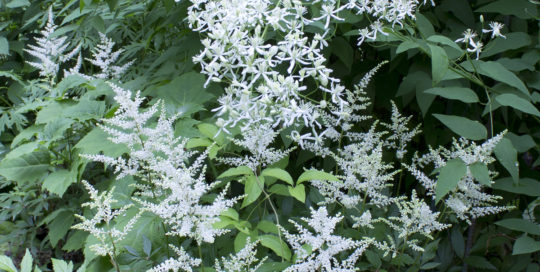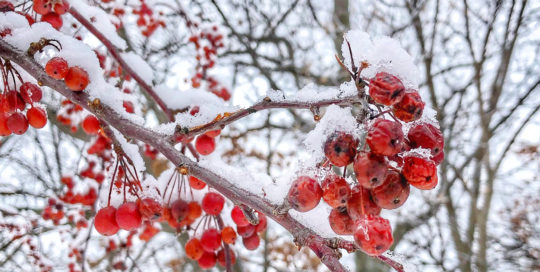After a long summer spent toiling in our gardens under the hot sun, it’s tempting to welcome the cooler days of fall by hanging up our trowel and gloves, reeling in the hose, and taking a break from all the weeding, watering, and pruning that are such an important part of our warm weather routine. Still, spending a little extra time now to prepare perennial beds for winter will pay off come spring. A few easy steps are all it takes to make sure you’ll start the new growing season off right. Start with a disease-free garden and plants that are ready to burst forth in color.
How to Divide Perennials
If you are planning to move or divide any of your spring and summer blooming perennials, fall is a good time to do this. The excessive heat of the summer months can be stressful on plants and makes adapting to changes more difficult. Starting at least six weeks before the ground freezes, dig up and divide perennials that have grown too large or have developed bare spots in the center. Dividing now will control the plant’s size and reinvigorate blooming next year. Place new plants in the ground in early fall. It will give them time to become established and “harden off” before the arrival of freezing weather.
Saving Bulbs
If you have tender bulbs such gladiolus, dahlia, or canna, dig them up now and store in a warm, dry place to prevent them from being killed off by cold winter temperatures. Wait until after their leaves start to shrivel and turn brown. Cut the tops off a few inches above the ground – you can use these tops as a makeshift handle. Using your spade, gently loosen the soil from around the bulbs. Be careful not to nick or slice them, and gently lift out of the ground. Lay the bulbs out to dry for several weeks on paper or a raised screen in the basement or garage, out of direct sunlight and freezing temperatures. Then label the bulbs and store for winter in containers layered with peat moss, shredded newspaper, sand, or sawdust.
Important of Water in the Fall
Continue to water perennial beds on a weekly basis throughout the fall and right up until the ground freezes. This will help ensure you have plants with a strong, healthy root system. In spring, plants will rely on this root system to get them off to a good start. Watering deeply – at least an inch per week between periods of rainfall – is more conducive to optimal root health than shallow watering. This way encourages roots to reach deep into the soil for hydration. If it is a dry autumn season, special attention should be paid to evergreens, particularly the broadleaf varieties like boxwoods, as they continue to lose water from their leaves throughout the winter, making them highly vulnerable to winter burn. Avoid using a high nitrogen fertilizer with perennial plants in late summer or early fall. It will drive above-ground growth that may not be adequately established to survive the first winter freeze. On the other hand, a slow-release fertilizer with lots of phosphorus and potassium is suggested as it will encourage root growth.









